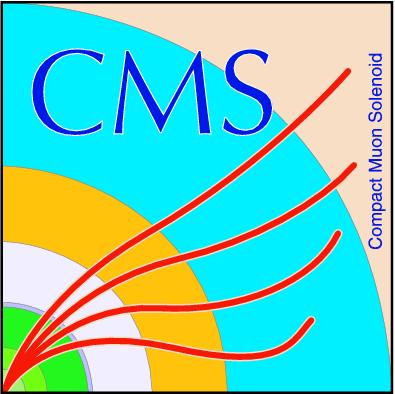
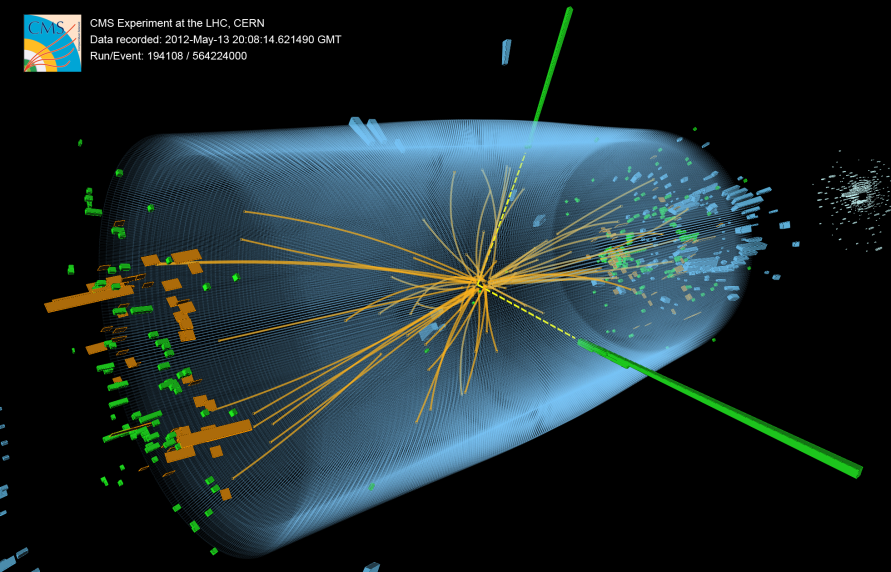
Compact Muon Solenoid
LHC, CERN
| CMS-PAS-HIG-24-009 | ||
| Search for a Higgs boson produced in association with a charm quark, decaying to two W bosons in the e$ \nu\mu\nu $ final state | ||
| CMS Collaboration | ||
| 12 May 2025 | ||
| Abstract: This note presents a search for a Higgs boson produced in association with a charm quark (cH) which allows to probe the Higgs-charm Yukawa coupling $ \kappa_{\text{c}} $. Higgs boson decays into a pair of W bosons are considered, where one W boson decays to an electron and a neutrino, while the other W boson decays to a muon and a neutrino. The data, corresponding to an integrated luminosity of 138 fb$ ^{-1} $, were collected between 2016 and 2018 by the CMS detector at the LHC at a center-of-mass energy of $ \sqrt{s}= $ 13 TeV. Upper limits at the 95% confidence level are set on the ratio of the measured yield to the standard model (SM) expectation for cH production. The observed (expected) upper limit is 1065 (506). These limits are interpreted as constraints on the Yukawa coupling of the Higgs boson to the charm quark, yielding $ |\kappa_{\text{c}}| < $ 211 (95) times the SM expectation. | ||
|
Links:
CDS record (PDF) ;
CADI line (restricted) ;
These preliminary results are superseded in this paper, Submitted to JHEP. The superseded preliminary plots can be found here. |
||

|
Compact Muon Solenoid LHC, CERN |
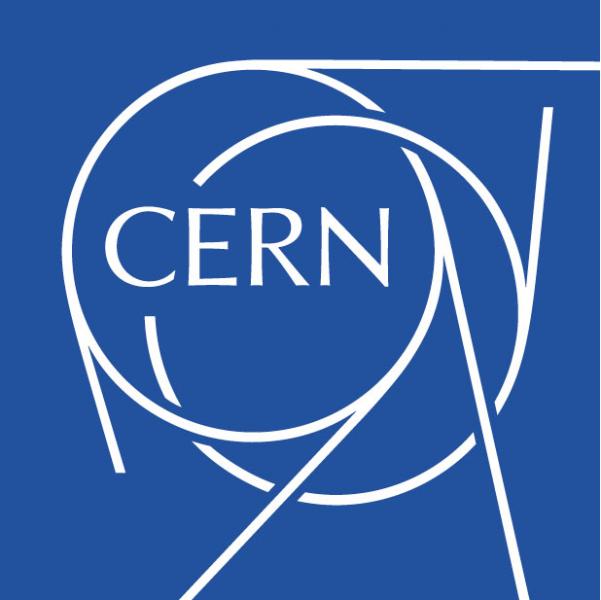
|
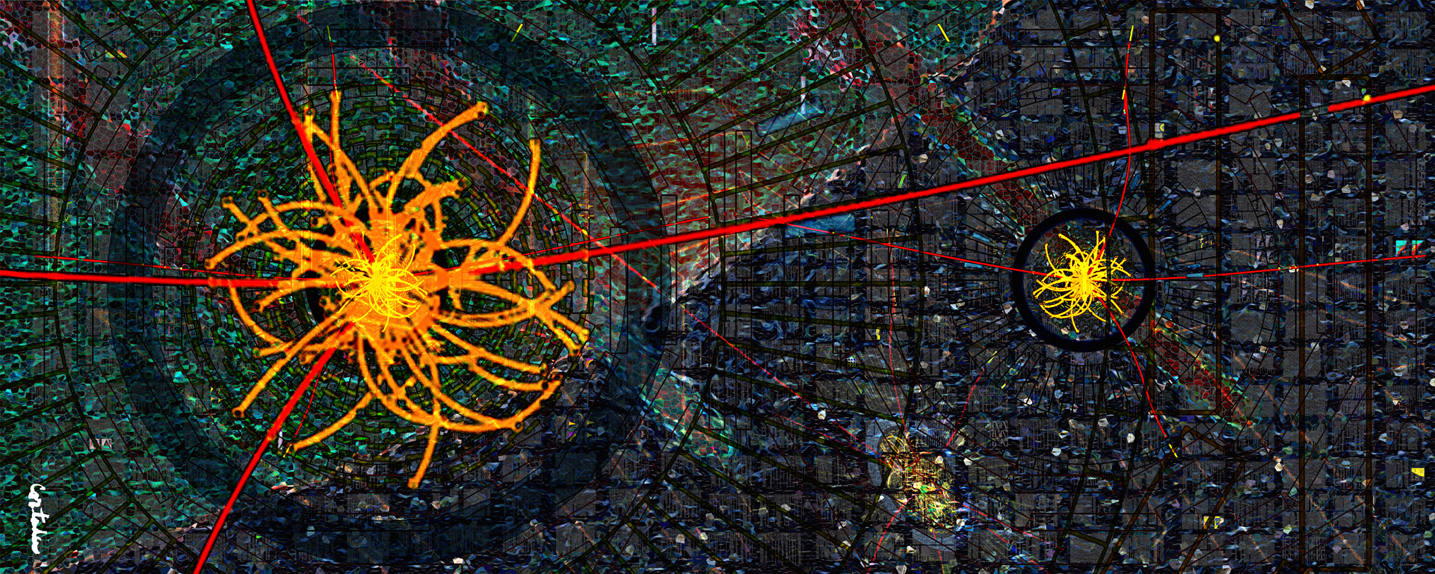
|
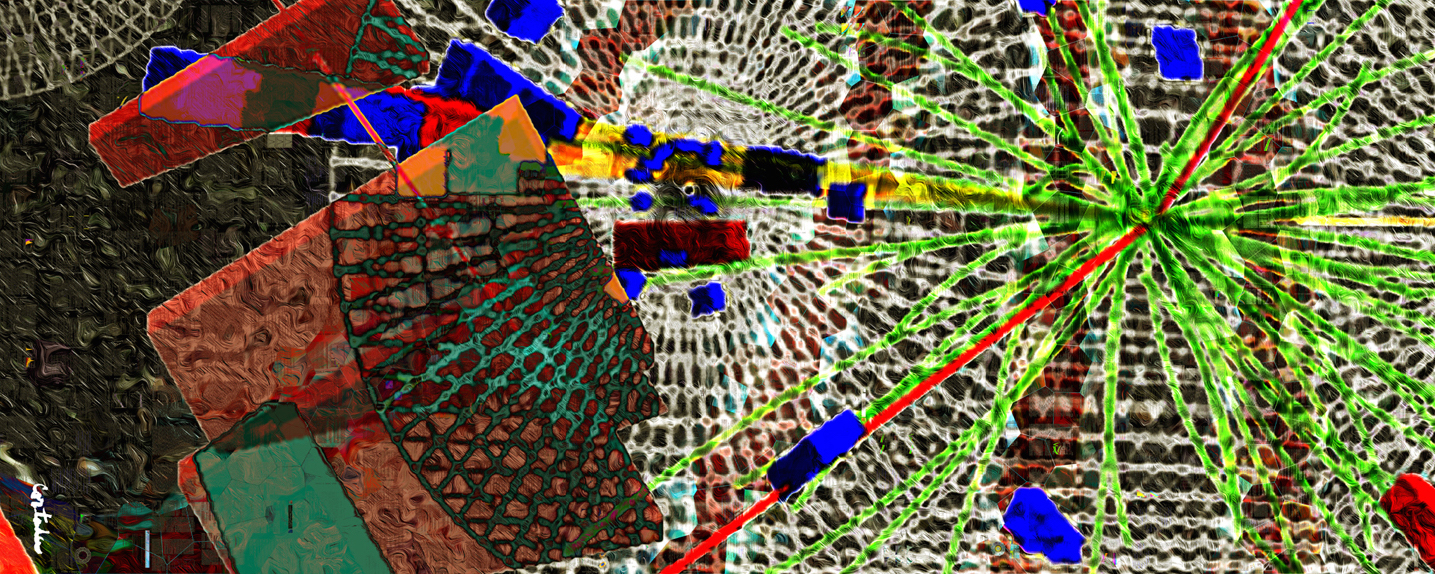
|
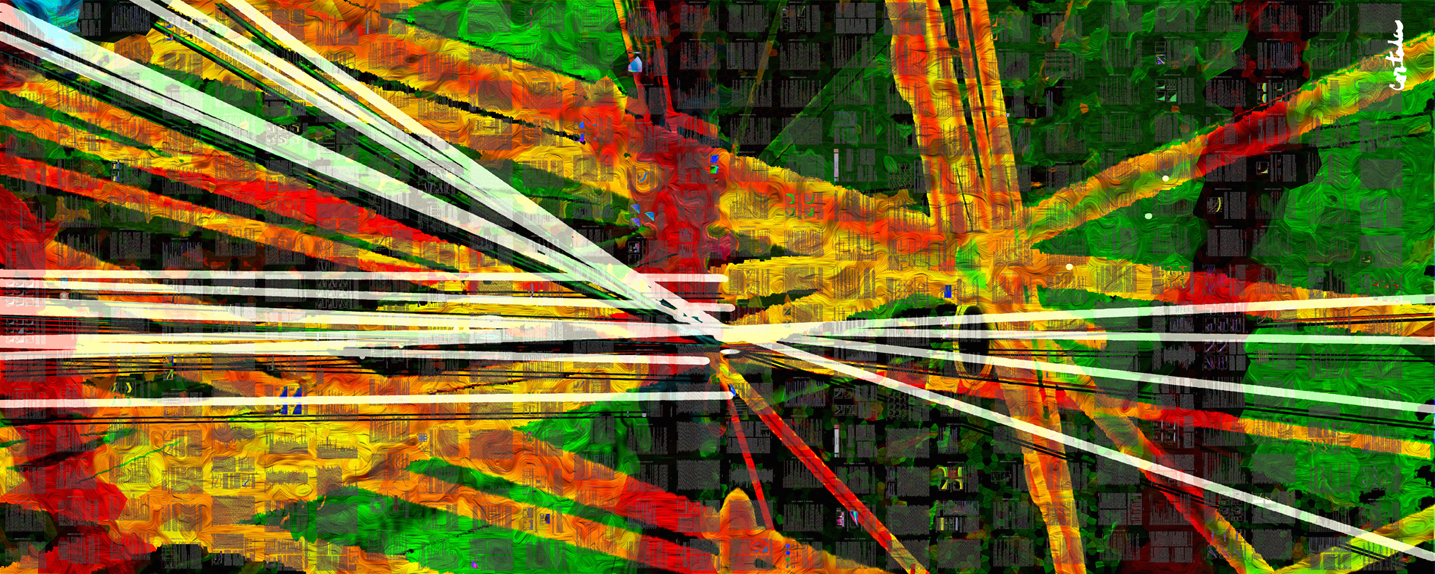
|
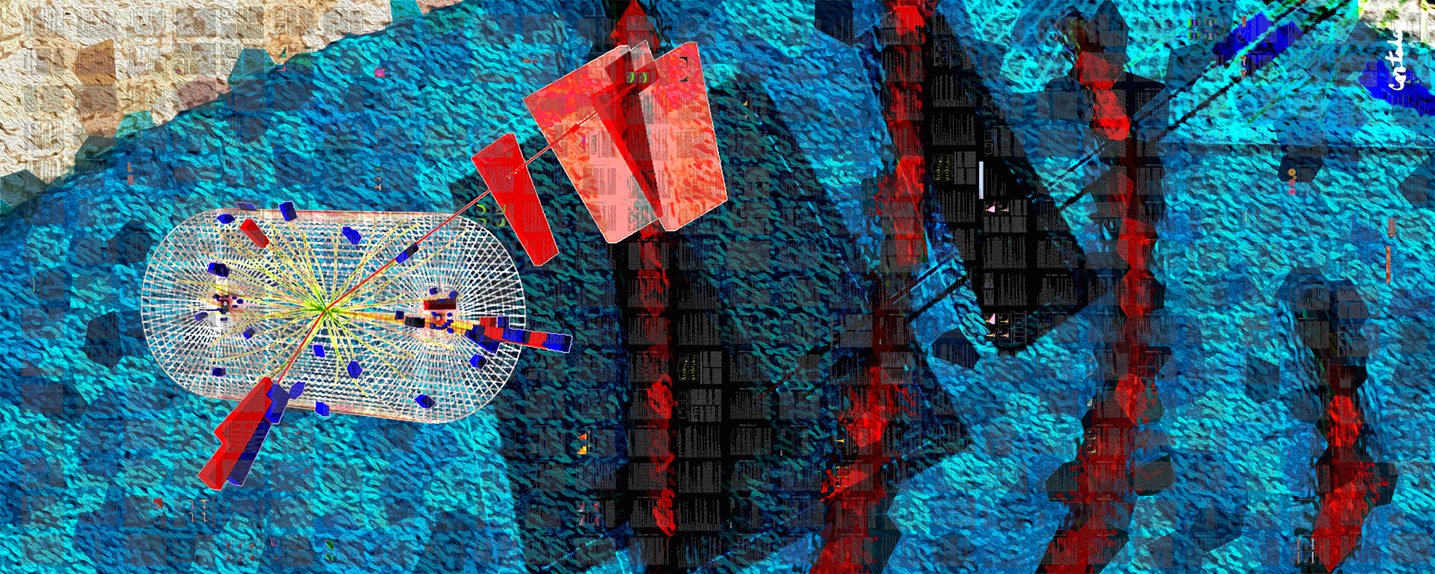
|
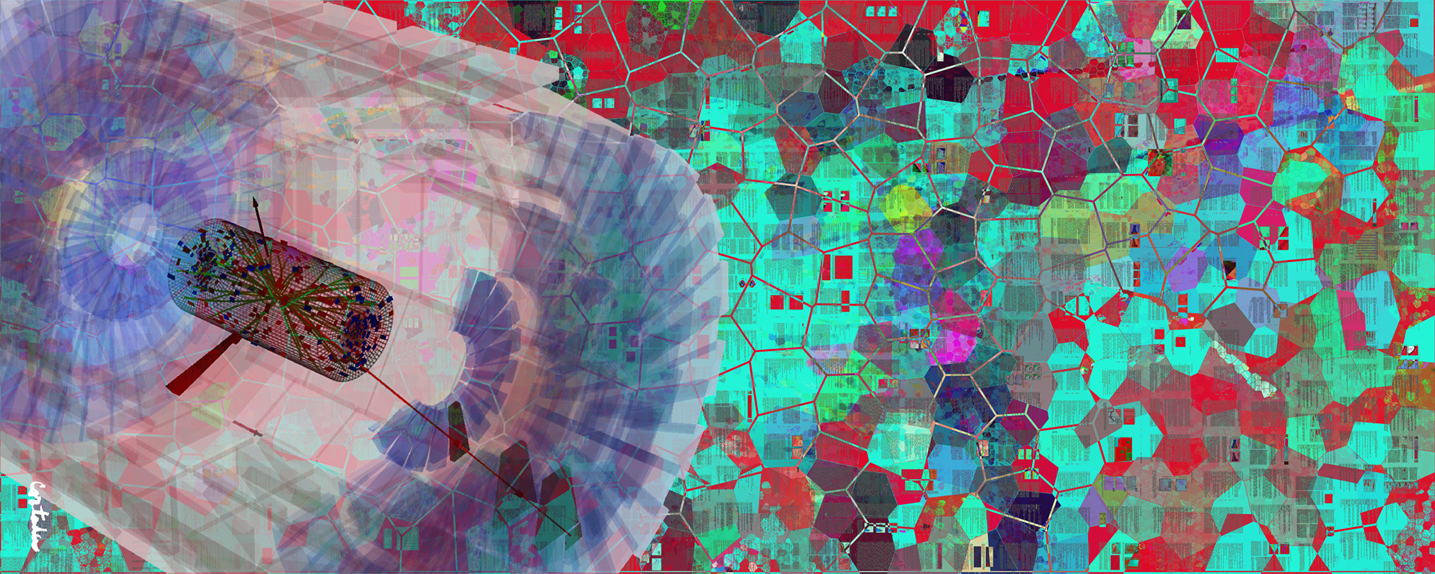
|